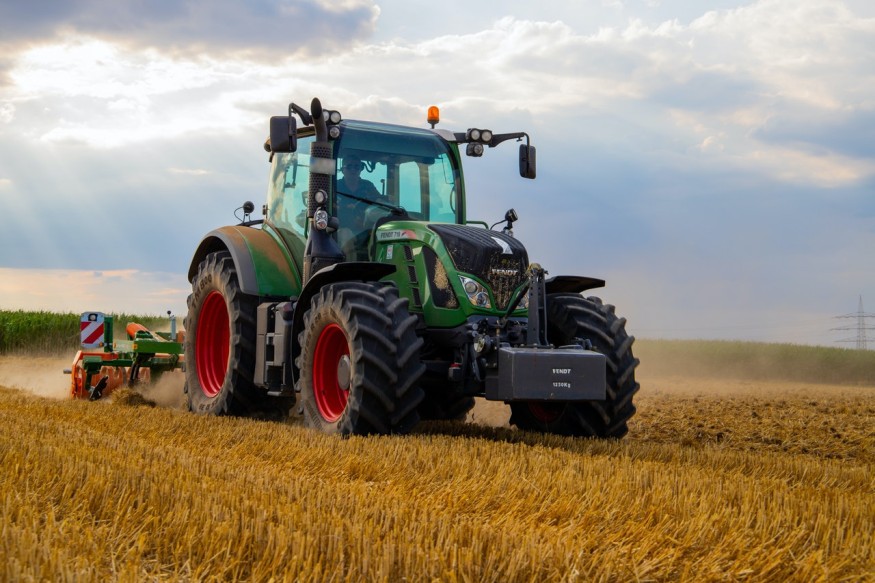One of the most devastating consequences of climate change is its effect on the agriculture sector. In a collaborative study, researchers analyze U.S. agricultural systems, creating a list of indicators to help understand the risks caused by climate change.
Colorado State University, the U.S. Department of Agriculture, and the National Center for Atmospheric Research worked together to help farmers and land managers in decision-making. With agricultural production's sensitivity to weather and climate, guidelines are necessary for important decisions such as capital investments and developing an agroforestry system.
The 'Climate Indicators for Agriculture' report lists 20 indicators that give a national perspective. Peter Backlund from Colorado State University explained, "we looked at the U.S. agricultural system and examined the climate stresses. This report outlines data that farmers and land managers can use to understand how climate change is affecting their operations, and, hopefully, guide the development of effective adaptation."
5 Major Categories
The indicators will help farmers, ranchers, and land managers measure the impact of change in several ways, said Backlund. The indicators fall into five major categories: physical, crop and livestock, biological, phenological, and socioeconomic factors.
Physical aspects focus on things like precipitation and air temperature. In the physical category, the researchers specifically focused on nighttime air temperatures instead of general temperatures. Plant development is more affected during the night.
Crop and livestock wellness are also monitored, like keeping track of animal heat stress. The biological category covers infestation from insects and other pests while analyzing crop pathogens. Phenological aspects look at diseases of livestock and the seasons of crops such as the bud break timing of fruits.
Lastly, the socioeconomic category looks at the welfare of agricultural workers. This includes crop insurance and the overall management of farms.
READ: Top 7 Advanced Technologies in Agriculture: To Use Or Not To Use
Connection to Climate Change
"There had to be a measurement of a variable strongly coupled with climate," said Backlund. "As we go forward, we will better understand the impact of climate change by using these indicators."
While some indicators are regional, others have a broader impact. An example of this is heat stress on livestock under the crop and livestock category. Farmers and ranchers from all states would benefit from this data, especially feedlot operators.

"Heat interferes with the rate of reproduction and rate of weight gain," Backlund explained. "This presses on the whole operation; it's not just that a few more animals will die from getting too hot."
"You can see if you have a big climate event, like drought, one region will be much more affected than another," he said, explaining crop insurance payment. "If farmers have good irrigation, they'll be much more capable in dealing with periods of low rainfall."
The five factors are strongly connected to climate change with long-term data available. Data can help identify changes over time and the ripple effect it will have on the agricultural sector, all the way to products sold in markets and groceries.
ALSO READ: Researchers Offer Solutions to Tackle Climate Change, Land Degradation and Food Security











